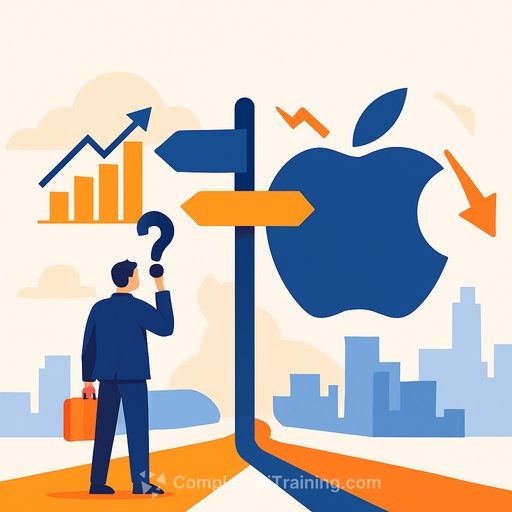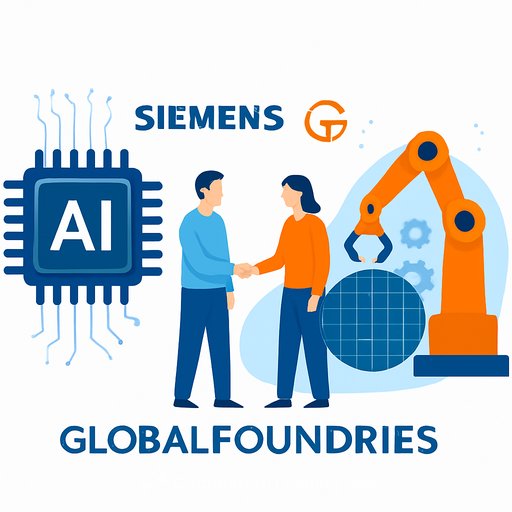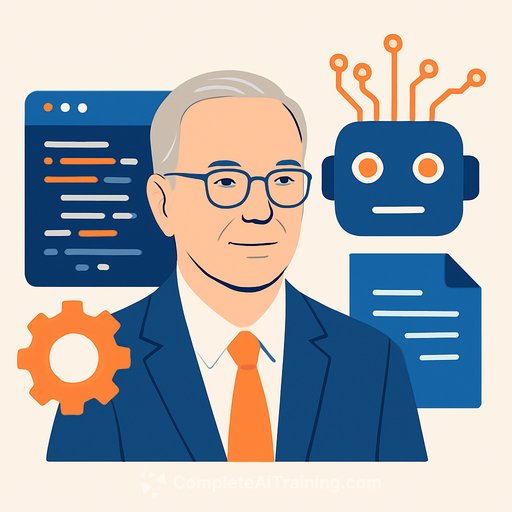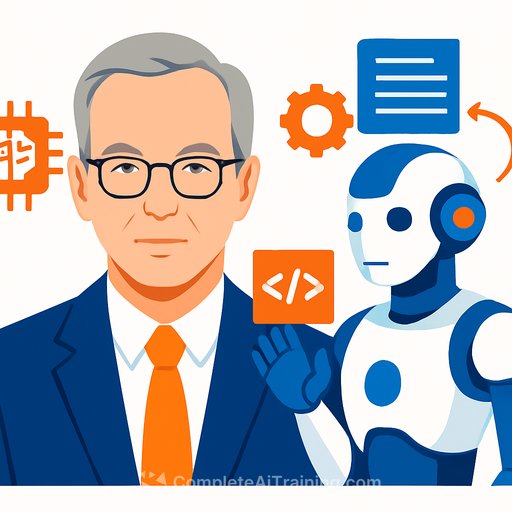Apple's Resilience Amid Product Criticisms: Innovation Challenges and Investor Sentiment
In 2025, Apple finds itself at a critical point. For years, the company's blend of design, ecosystem integration, and premium pricing has secured its leading position in technology. But recent setbacks—such as delayed AI features and lukewarm product launches—have raised concerns about its innovation momentum. These issues test Apple's resilience rather than signal its end. The key question is whether Apple can adjust its strategies to keep delivering value in an industry reshaped by AI and shifting supply chains.
The Innovation Stumble: Learning from User Feedback
Apple’s challenges this year highlight the tension between its traditional strengths and the rapid pace of market change. The postponed rollout of significant Siri AI upgrades and the lukewarm reception of Apple Intelligence features like Genmoji have drawn criticism. Users and analysts question if Apple’s cautious, incremental approach to AI can match the breakthroughs seen from competitors like Google and Samsung.
The WWDC 2025 event introduced the Liquid Glass interface but lacked the standout innovations expected from Apple, adding to skepticism. However, this feedback serves as a valuable indicator for Apple to recalibrate. The company’s heavy reliance on the iPhone—accounting for 52% of revenue—and difficulties growing in emerging markets like India (only 4% market share) highlight the risks of stagnation.
As global smartphone demand matures, Apple’s ability to expand beyond hardware into AI-driven services and spatial computing will be crucial for staying relevant.
Strategic Rebalancing: AI, Supply Chains, and Vision Pro
Apple’s 2025 strategy shows the company making deliberate moves. Its focus on privacy-first AI, diversifying supply chains, and pushing Vision Pro reflects this shift. Despite slower sales, Vision Pro is a significant bet on spatial computing. It combines Apple Intelligence with on-device processing and private cloud compute, aiming to change how users interact with technology. Early enterprise partnerships, such as with Dassault Systèmes, indicate potential beyond consumer markets.
Supply chain diversification is another priority. Tariffs on Chinese imports have cost Apple $773 billion in market capitalization and caused a $900 million quarterly hit. Shifting production to India and Vietnam, alongside a $500 million investment in U.S. manufacturing, is a long-term strategy to reduce geopolitical risks. Though expensive upfront, this move may help stabilize margins and limit exposure to trade disruptions.
Investor Sentiment: A Tale of Two Metrics
Apple’s Q2 2025 earnings report showed $95.36 billion in revenue and $1.65 EPS, beating expectations. Yet, the stock dropped 3.91% after earnings. This contrast reflects investor caution. While the services segment reached a record $26.6 billion, concerns remain over the iPhone’s dominance and Vision Pro’s adoption pace. The market’s mixed signals show in Apple’s valuation: a 14.72% decline year-to-date but still trading within its 52-week range of $169.21 to $260.1.
Analysts maintain a generally positive outlook, with a consensus "Buy" rating near 1.96. However, Apple’s forecast of low-to-mid single-digit revenue growth for the next quarter suggests tempered expectations.
The Long Game: Ecosystem Strength and Execution
Apple’s strength lies in its ecosystem. With over 1 billion paid subscriptions and an 18% year-over-year growth in services, the company has a solid foundation. Its AI approach, though slower than some competitors, emphasizes privacy and seamless integration—critical in today’s data-sensitive environment. The Vision Pro could help drive hardware upgrades and enterprise adoption, potentially revitalizing growth.
Still, execution is crucial. Delays in AI features and internal challenges risk diminishing the unique experience Apple offers. Investors should watch how Apple balances innovation with profitability. Moves like the $100 billion share buyback and a 4% dividend increase show confidence but act more as defensive strategies. The real test is delivering on AI and spatial computing without diluting the premium brand.
Investment Implications for Product Development Professionals
For those involved in product development, Apple’s journey offers important lessons. The company’s ecosystem and brand loyalty provide a stable base, but its future depends on how well it innovates beyond the iPhone and executes its AI and supply chain plans. Key areas to monitor include:
- AI Adoption Rates: The pace at which Apple Intelligence features encourage hardware refreshes.
- Vision Pro Sales: Whether the headset gains meaningful traction in enterprise and consumer sectors.
- Supply Chain Costs: How tariffs and diversification efforts affect margins.
Apple’s 2025 challenges represent evolution rather than crisis. The company’s ability to adapt its innovation model, lean on its ecosystem, and manage supply chain risks will shape its trajectory. For product leaders, this emphasizes the importance of balancing steady execution with disruptive innovation.
To explore how AI tools and strategic innovation can impact product development, consider reviewing practical AI courses and resources that focus on integrating AI into product workflows, such as those available at Complete AI Training.
Your membership also unlocks:






